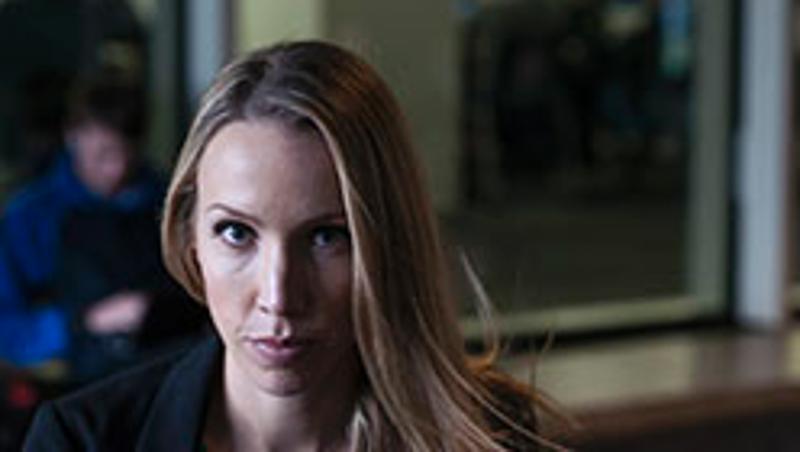
Gerard Baden-Clay is among the 3 to 8 per cent of homicide offenders who manipulate evidence at a crime scene to mislead investigators in order to avoid arrest, a QUT forensic criminologist says.
Dr Claire Ferguson said people who staged a crime scene had often killed an intimate partner or someone else who was known to them.
“Sometimes the staging is meticulously planned in advance but it can also be impromptu after an unintended killing– it may be ‘I’ve killed him/her – I can’t go to prison for the rest of my life’," Dr Ferguson said.
“As proposed by the prosecution expert, the small cuts on Gerard Baden-Clay's face suggested he had used his razor to cut over the top of existing scratches to try to make it look like a legitimate shaving injury.
“Relative to other offenders who stage scenes, Baden-Clay’s efforts were more sophisticated and required quite a bit of effort – moving the body, disposing of it, cleaning up evidence and creating a façade of a grieving husband for police and the public."
Dr Ferguson said murder scenes could be staged to appear as suicides, home-invasions, accidental deaths, car accidents, or missing persons.
“Some of these involve elaborate efforts like putting the body in a car and driving it into water, setting it on fire or pushing it over a cliff; while others involve few, basic behaviours, like putting a gun in someone’s hand and reporting they committed suicide.”
Dr Ferguson said there were about 15 cases a year in Australia where crime scenes were staged, but there could be more cases where offenders did this successfully and were never found out.
“We can study only those offenders who are not very good at crime scene staging or unlucky. Those who do this well will never be on our radar and may indeed get away with murder,” she said.
“There are also many other cases where perpetrators have tried to prevent evidence from being deposited by wearing gloves, masks, and the like. These are much more common than scenes involving staging.”
Signs of crime scene staging include:
- The victim’s injuries are not consistent with the crime scene or story told by witnesses
- The offender’s injuries are not consistent with their story
- There is evidence that a scene has been cleaned up
- The scene does not appear consistent with the alleged motive, such as no valuables missing in a supposed burglary.
“Sometimes innocent people also stage crime scenes to save face for the deceased, for example with auto-erotic acts gone wrong,” Dr Ferguson said.
“In these instances police have to recognise that the evidence has been altered, and determine the intent behind the staging. This can be an incredibly difficult task.
“Offender evidence manipulation is an important area of research for forensic criminologists who often act as consultants for lawyers or the police, to put together the forensic evidence so investigative questions can be answered.
“If you know a crime scene has been staged, it potentially narrows your suspect pool, so of course this is something investigators are very interested in determining early on.”
Dr Ferguson said crime staging was an under-researched area that needed more to be done.
“We may be seeing an increase in staging efforts by offenders, possibly because of the ‘CSI effect’ – people may be learning techniques on TV and changing their behaviour to avoid being caught.
“But it takes only one sceptical investigator to ask questions and seek out answers for how the evidence came to be in order to uncover these efforts.”
Media contact: Niki Widdowson, QUT Media, 07 3138 2999 or n.widdowson@qut.edu.au
After hours: Rose Trapnell: 0407 585 901




